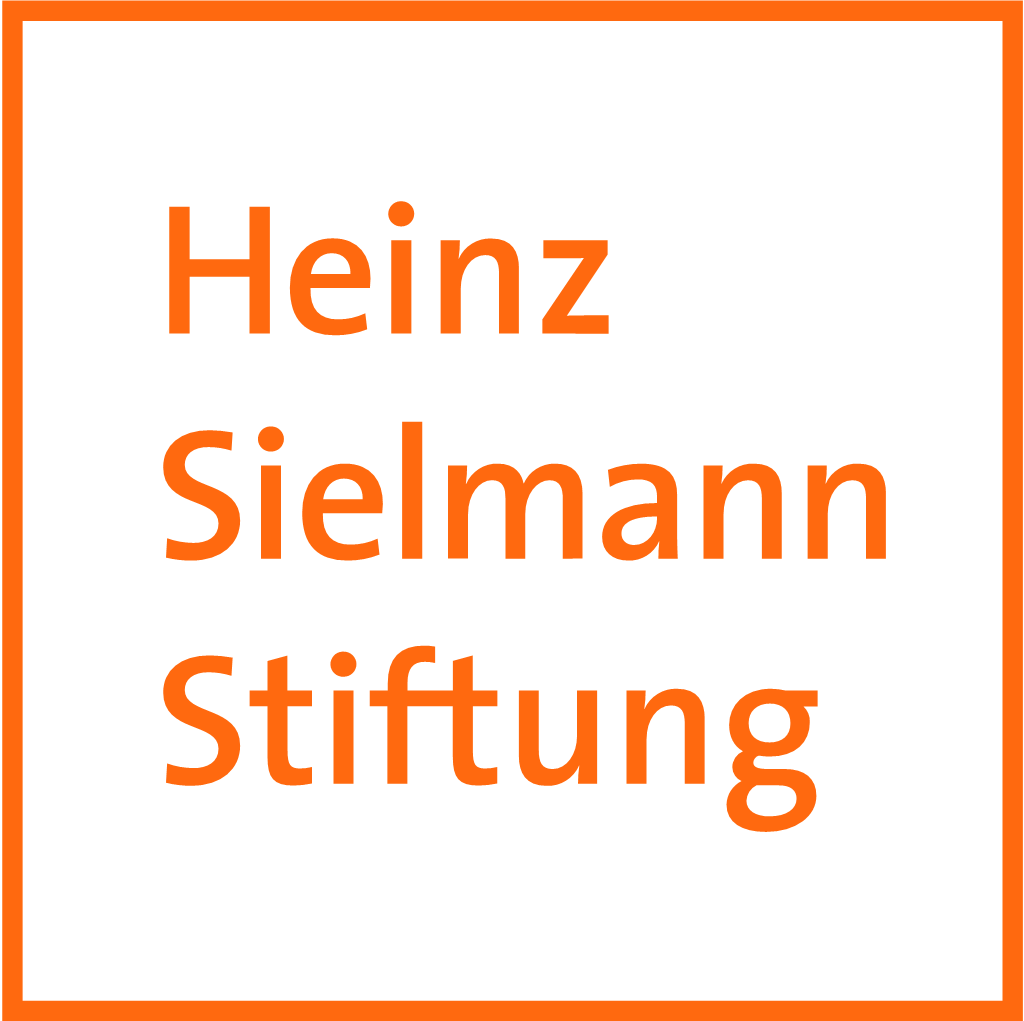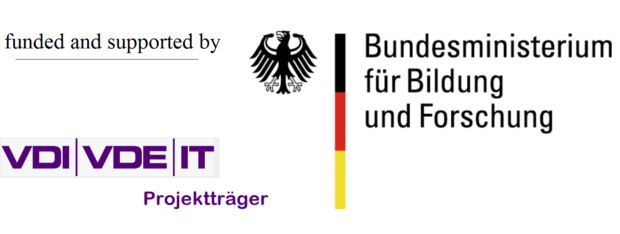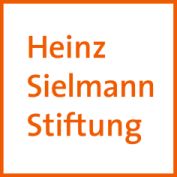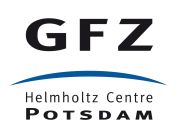

Interdisciplinary Expertise – The Core Group
NaTec -KRH is an implementing partner of the Essential Variables workflow, which is elaborated in the ERA-Planet project GEOEssential. We produce remote sensing-based biodiversity indicators as part of various Earth observation networks at European and national level.
Joining Different Perspectives - The Core Group
I’m a botanist and population ecologist. I investigated the effects of changes in climate and land use on birds of prey and on populations in more general. Also I’ve studied the dispersal of seeds and small animals by man over long distances (walkers carry seeds on their shoes for more than 5km!) and coined the term human mediated dispersal. In the floodplains of the lower river Havel, Germany, I spent long summer days monitoring vegetation in permanent plots. I have been working for UFZ Halle-Leipzig (Umweltforschungszentrum) as well as for its British counterpart CEH (Centre for Ecology and Hydrology) and various universities. Plenty of mosquitos, nocturnal hunting spiders, seeds dyed in fluorescent colour and numerous very pleasant landscapes are my best fieldwork memories. Among these also are extended stretches of flowering heather at dawn.
The year 2017 I spent as a project manager for NaTec securing the successful start of the project. I negotiated access to former military areas, ensured support from district administration, from the forestry commission and from the State of Office for Environment. I advanced the research on target species for habitat modelling and their selection process. A real, eventually mastered challenge was to merge the various restrictions imposed on our study site with the goals for our novel development of a machine mowing heather on former military areas. In my new role as Head of Sielmann’s Naturlandschaften Brandenburg, I remain closely connected to NaTec and will continue to campaign for the successful implementation!
My vision for the project future: November 2022 in one of the few, not yet mown heathland sections still bearing upcoming pines. The dry European heath (4030) here is in a bad state of conservation as our meanwhile established search algorithms have calculated from the newest satellite images. On the spot, we immediately realise the urgency that is requires to maintain the Natura 2000 status and to avoid legal proceedings by the EU. In the air, a UAV explores the heathland and its terrain for the subsequent use of our Heathland Care Machine (HPM). Last year, with the help of a large donation, we were able to build the third, further improved model of our machine. Slowly but steadily, the remote-controlled HPM sets in motion with its six individually controlled wheels. It smoothly nestles to the first bumps in the ground, cuts the heather shrubs back near the ground and pulls the first young pine out of the ground without stopping …
Conservation Practice & Biodiversity - Dr. Joerg Mueller
I am a plant ecologist and botanist with a special passion for bryophytes. The relationships between land use and biodiversity of these inconspicuous species are often the focus of my scientific work. But also the animal-plant-interactions fascinate me and offer me a bridge to zoology. I am increasingly and happily working on these in order to grasp the ecosystem “heathland” with its authoritative animal actors and diverse, complex relationships between the species. As project manager, I also take care of the many organizational issues of our project and try to promote a greater public interest in the unique heathland ecosystem, highlighting the importance of their protection and conservation.
My vision for the project future: November 2022, beginning of the season for heather care. After the last larks of this summer headed south and the many small inhabitants of the heath retreated to the ground to hibernate, now the unmanned mission starts to keep open the heathland. Through thermal pre-drone scanning, the machine automatically eliminates the suspicion of disturbing bodies, which could hinder the rapid progress of the work. Some techies watch the spectacle from the Sielmann Tower from a safe distance. Among them are international guests from the nature conservation, highly interested in the effectiveness of our machine, because there is a need for cost-effective open land conservation on old practice sites since complete demilitarization of Eurasia now more than ever.
Remote Sensing & Ecology Research - Dr. Carsten Neumann
Received my Diploma degree in Geoecology from the University of Potsdam, Potsdam, Germany, in 2010, and my Ph.D. degree from the Technische Universität Berlin, Institute of Landscape Architecture and Environmental Planning, Geoinformation in Environmental Planning Lab. in 2017. Currently, I am a research scientist at the Helmholtz Centre Potsdam – German Research Centre for Geoscience GFZ, in the Remote Sensing Section.
My greatest interest is in understanding patterns of vegetation dynamics. I want to find out how vegetation is spatially organized and what are the driving factors for plant species establishment?
For this purpose I am specialized on imaging spectroscopy to determine spatial/temporal patterns of plant species, vegetation structures and habitat characteristics. My research interests include the development of statistical models and its possible integration in remote sensing based monitoring systems for nature conservation and biodiversity mapping.
Here at the GFZ, reflected sun rays from the Earth’s surface are recorded by satellite, airplane and drone sensors. Such signals are finally related to plant and soil characteristics of specific habitats.
My vision for the project future: Within the project NaTec – KRH, I want to transfer the derived spatially explicit knowledge of habitat characteristics into nature conservation practice that is realized at the Kyritz-Ruppiner Heide. In order to preserve one of the biggest European heathland area, the provision of knowledge about the temporal variability and spatial heterogeneity of dry heathland species are considered of utmost importance for a precise ecosystem management. Our research will provide maps of species distribution and indicators for habitat conservation status assessments that contributes to a better understanding of inherent ecosystem dynamics and supports monitoring and management activities.
Biodiversity & Indicator Mapping - M.Sc. Anne Schindhelm
…
Field Work & Habitat Assessment - Dipl. -Agr.biol. Gabriele Weiss
I studied agricultural biology in Stuttgart-Hohenheim. For 13 years I have been managing director of a nature conservation consultant’s office. As my job description, it is best to use the term vegetation scientist because I have dealt with different aspects of plant and plant species – from the spread of species, soil seedbeds, germination biology, ecology, habitat and land use effects, genetic engineering to biodiversity, monitoring and mapping from plant communities, biotopes and habitat types to the planning and implementation of measures to promote endangered populations.
In the project NaTec I form together with Carsten Neumann the creative team of the Remote Sensing Module. In the predecessor project, we developed a model to remotely discriminate and characterize the vegetation of dry sandy sites on the former military training area Döberitzer Heide. This model will be adapted in the project NaTec – KRH to prove the transferability to other military areas and other plant populations. Our main area will be the Kyritz-Ruppiner Heide. My task is the terrestrial assessment of vegetation structures. The main tasks are the selection of areas and methodology of the recording, recording of the species and their classification into plant communities, biotope types or habitat types. At the same time, it is necessary to coordinate with the remote sensing scientists on how to reconcile the terrestrial data with the remote sensing data.
My vision for the project future: November 2022. We have been able to remotely differentiate the different vegetation stages of heathland such as sand and lichen grasslands, different structure types of the heather, tree species, to assess habitat encroachment and to estimate the urgency of conservation measures. The software makes it possible to also manage military training areas in other parts of Germany using satellite-based species models after calibration. The methodology has also advanced in the differentiation of plant stands from fresh to wet locations in the normal landscape. In the open country, the method supports terrestrial mapping in the delineation of Natura 2000 habitat types with different habitat structures and impairments…
Field Work & Habitat Analysis - M.Sc. Thea Dittmann
After my voluntary ecological year, I knew that I wanted to continue my commitment to nature conservation. However, I first wanted to learn more about the scientific background, such as species distribution and ecosystems functioning. Therefore I studied biology at the University of Osnabrück. I was particularly interested in animals. I noticed that their habitats are best characterized by their vegetation background and that the protection of individual species is accompanied by the protection of their habitats. For an effective protection and the implementation of landscape management to preserve habitats, an understanding of their composition and ecology is important. So I decided to focus on vegetation ecology and botany. For my master’s program I moved to the University of Potsdam for the course “Ecology, Evolution and Nature Conservation”. After my studies I worked for a planning office in Mecklenburg-Vorpommern for two years and was responsible for vegetation mapping in Schleswig-Holstein and Mecklenburg-Vorpommern. Here I was able to expand my knowledge of different habitats and vegetation types. One can read a lot about different types of vegetation in the lecture. Only the practical experience in field work, in which one perceives the individual differences and gets to know different states, enables me to develop a feeling for the diversity of living spaces. Since March 2018 I have been working for ecostrat and now carry out mappings of biotopes, species and habitat types in Brandenburg. In the project NaTec I have the opportunity to focus on the vegetation type heathland and its related vegetation as well as its ecology and to contribute to a more effective nature conservation. Here my task is the collection and analysis of the terrestrial vegetation data as well as the development and investigation of further ecological questions in the heath. This includes, for example, finding out how the heath again drives out under different management methods and whether the potential for re-growing can be predicted with remote-sensing methods.
My vision for the project future: 2022. It is now possible for us to assess the conservation status of dry European heath (4030) in the continental climate by means of remote sensing. If specific areas develop towards an unfavorable status, the program creates an alarm on the basis of a satellite algorithm developed in the Döberitzer- and Kyritz-Ruppiner heathlands. After a short confirmation of the situation in the field, the appropriate conservation measures can be carried out. The maintenance machine developed in the NaTec project is being used on former military training areas to realize conservation measures since it work under ammunition that was detected by drone sensors. The algorithms are currently being adapted for other habitat types to predict their occurrence as well as their status and to give a warning in case of habitat deterioration. This year, the first trial round of the program is realized for oceanic heathlands in the landscape Lueneburg.
Habitat Management Technology - Dipl. -Ind. Designer Herbert Riemann
After studying at the Kunsthochschule Berlin-Weissensee I started to work as an independent industrial designer after working for three years in an engineering office. In the first years I was mainly involved in the field of renewable energies. In recent years I developed innovative mobility and logistics solutions. In addition, I developed products in many areas: school furniture, teaching systems for universities, plant water treatment plants, lighting and home automation systems.
For over 20 years I work as an independent industrial designer on many interesting product developments. My philosophy is not to restrict industrial design to the construction phase only, I rather go through the developments from conception, through many further steps to the finished prototype and product.
I am interested in ensuring that sustainable, future-oriented solutions are taken into account, especially in the context of technical developments for nature conservation. This includes the requirements of the machines with regard to energy consumption, their emissions, their life cycle as well as the conservation measures themselves, which should allow for exemplary gentle and intelligent nature conservation.
My vision for the project future: Summer 2050, a school class from Szczecin is in the middle of the Kyritz-Ruppiner-Heide at the picnic, when some students report about a strange machine that they had discovered at the back of the forest. A friendly employee of the Euroforst tells the children in Polish, that in former times bombs were everywhere in the ground and you were not allowed to enter the beautiful heath. The machine was remotely controlled, only this way the heath could be preserved in former times, now the machine shall be brought to a museum…






